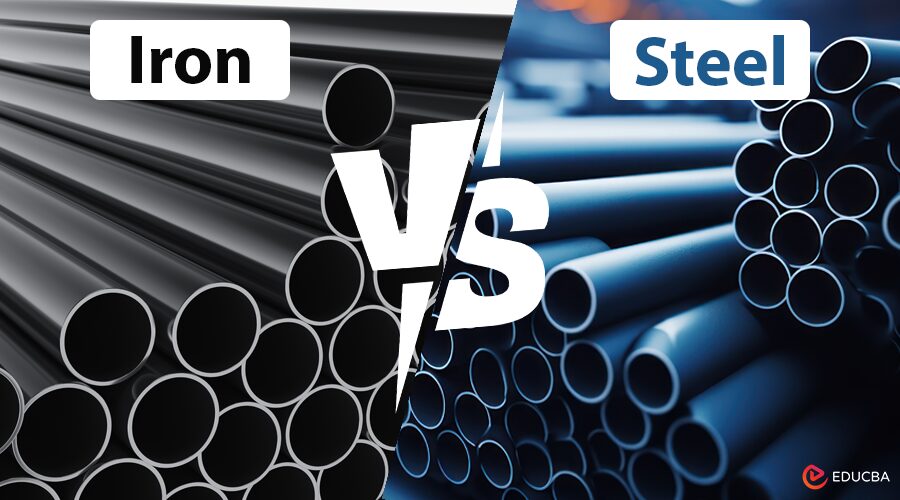
Iron vs. Steel: Understanding the Differences
Iron and steel are two of the most important materials that have shaped human civilization. Although they may look alike, they possess special qualities that make them ideal for various purposes. Understanding the differences between iron vs. steel is essential for making the right choice in construction, manufacturing, and multiple industries.
Definition and Composition
- Iron: Iron is a naturally occurring element with the symbol Fe and atomic number 26. It is a lustrous, ductile, and ferromagnetic metal. Iron is also essential for human health and is key to producing hemoglobin.
- Steel is an alloy mostly made of iron and carbon. It usually contains up to 2.14% carbon by weight. Adding carbon to iron increases its strength and hardness, making steel stronger than pure iron. Unlike iron, steel is man-made and does not occur naturally.
How Are Iron and Steel Made?
- Iron Production: Iron is obtained from iron ore through smelting, which involves heating the ore in a blast furnace to separate the metal from its impurities.
- Steel Manufacturing: Steel is produced by refining pig iron and carefully controlling its carbon content. Modern methods, such as the Bessemer process or electric arc furnaces, allow manufacturers to add other elements (e.g., chromium and nickel) to enhance steel’s properties.
Key Properties: Iron vs. Steel
| Property | Iron | Steel |
| Strength and Hardness | Less strong but more ductile and malleable. | Superior tensile strength and hardness, ideal for construction and heavy-duty tools. |
| Ductility and Malleability | Simple to hammer into sheets or draw into wires. | Less ductile due to increased hardness. |
| Corrosion Resistance | It is highly susceptible to rust when exposed to moisture and oxygen. | Can resist corrosion when alloyed with chromium (e.g., stainless steel). |
Applications
- Iron: Historically used in tools, utensils, and construction materials. Its use has declined in favor of steel but remains in applications requiring malleability and specific magnetic properties.
- Steel: Widely used in construction (beams, rebar), transportation (automobiles, ships), appliances, and tools due to its versatility and strength.
Advantages and Disadvantages
Iron:
- Advantages: Iron is abundant and cost-effective. It also has excellent magnetic properties.
- Disadvantages: Iron is more susceptible to corrosion and has lower strength than steel.
Steel:
- Advantages: Steel is highly strong and can be customized through alloying to suit specific applications. Stainless steel, for example, is highly resistant to corrosion.
- Disadvantages: Steel is more expensive to produce, and the manufacturing process is more complex than iron.
Final Thoughts
In the Iron vs. Steel comparison, recognizing their differences is key to choosing the right material for a particular use. While iron is malleable and magnetic, steel offers superior strength and versatility, making it a go-to material in modern industries. Choosing between iron and steel depends on the desired properties for your specific project.
Recommended Articles
We hope this guide on Iron vs. Steel helps you understand the key differences and uses of these materials in various industries. Check out these recommended articles for more related topics.
